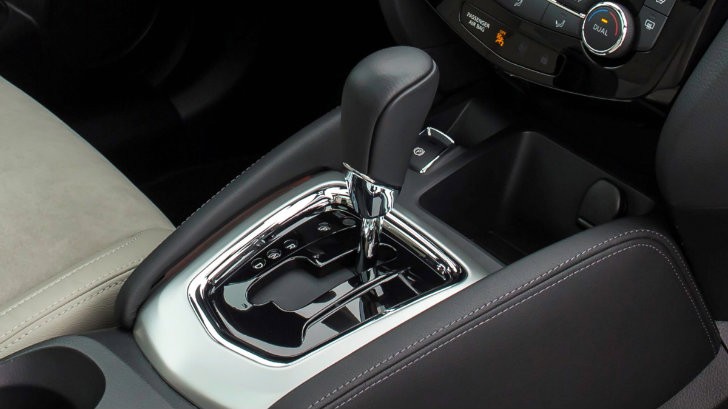Most of you know what a continuously variable transmission is all about. This design is a favorite among Japanese carmakers, Nissan included. In the United States, the Versa, Altima, Quest and Pathfinder are fitted with such a contraption, but the CVT box is due for a software update that will make the unit feel more like a traditional automatic transmission.
Before we go into the fine details, we deem necessary to remind you that the Asian manufacturer has first adopted in 1992. Back then, it was borderline acceptable in terms of get-up-and-go, but the modernized version that came a decade later was a little bit better to use. Fast-forward another 10 years and here we have the third-generation of the thing, the first Stateside model to benefit from it being the 2013 model year Nissan Altima sedan.
The unit is marketed under the Xtronic CVT moniker and promises 15 percent better fuel efficiency than its precursor, quieter operation and a more seamless shifting experience. This version of the breed uses a steel belt/pulley system to move up and down the gear ratio in continuously smooth motion. As you might have guessed, that means there's not a single cogwheel in that gearbox.
Even though CVT transmissions still can't compete with traditional autos, these units boast a few important pluses: gear-hunting and shift-shock are virtually eliminated and there's 40 less friction between bits and bobs, all while delivering constant power. The baddest point of using a CVT in real-world driving situations is the sound. It emits a distinctive high-pitched "Aaaarghhh!" noise when you mash the throttle pedal, keeping the engine at the same 5,000 - 6,000 rpm for way too many seconds to be called an aurally pleasant experience.
However, that may change in the near future thanks to a software update baptized D-Step Shift Logic. This minor intervention will create the impression that the CVT is actually shifting through gears, like an actual automatic gearbox. Once the engine reaches 4,000 revolutions per minute, the new software commands the electronic brain of the Xtronic CVT gearbox to create a subtle drop in driving force and a slight jump ahead.
Fingers crossed this solution will help drown that awful rubber band feel most drivers don't like about the CVT.
The unit is marketed under the Xtronic CVT moniker and promises 15 percent better fuel efficiency than its precursor, quieter operation and a more seamless shifting experience. This version of the breed uses a steel belt/pulley system to move up and down the gear ratio in continuously smooth motion. As you might have guessed, that means there's not a single cogwheel in that gearbox.
Even though CVT transmissions still can't compete with traditional autos, these units boast a few important pluses: gear-hunting and shift-shock are virtually eliminated and there's 40 less friction between bits and bobs, all while delivering constant power. The baddest point of using a CVT in real-world driving situations is the sound. It emits a distinctive high-pitched "Aaaarghhh!" noise when you mash the throttle pedal, keeping the engine at the same 5,000 - 6,000 rpm for way too many seconds to be called an aurally pleasant experience.
However, that may change in the near future thanks to a software update baptized D-Step Shift Logic. This minor intervention will create the impression that the CVT is actually shifting through gears, like an actual automatic gearbox. Once the engine reaches 4,000 revolutions per minute, the new software commands the electronic brain of the Xtronic CVT gearbox to create a subtle drop in driving force and a slight jump ahead.
Fingers crossed this solution will help drown that awful rubber band feel most drivers don't like about the CVT.

